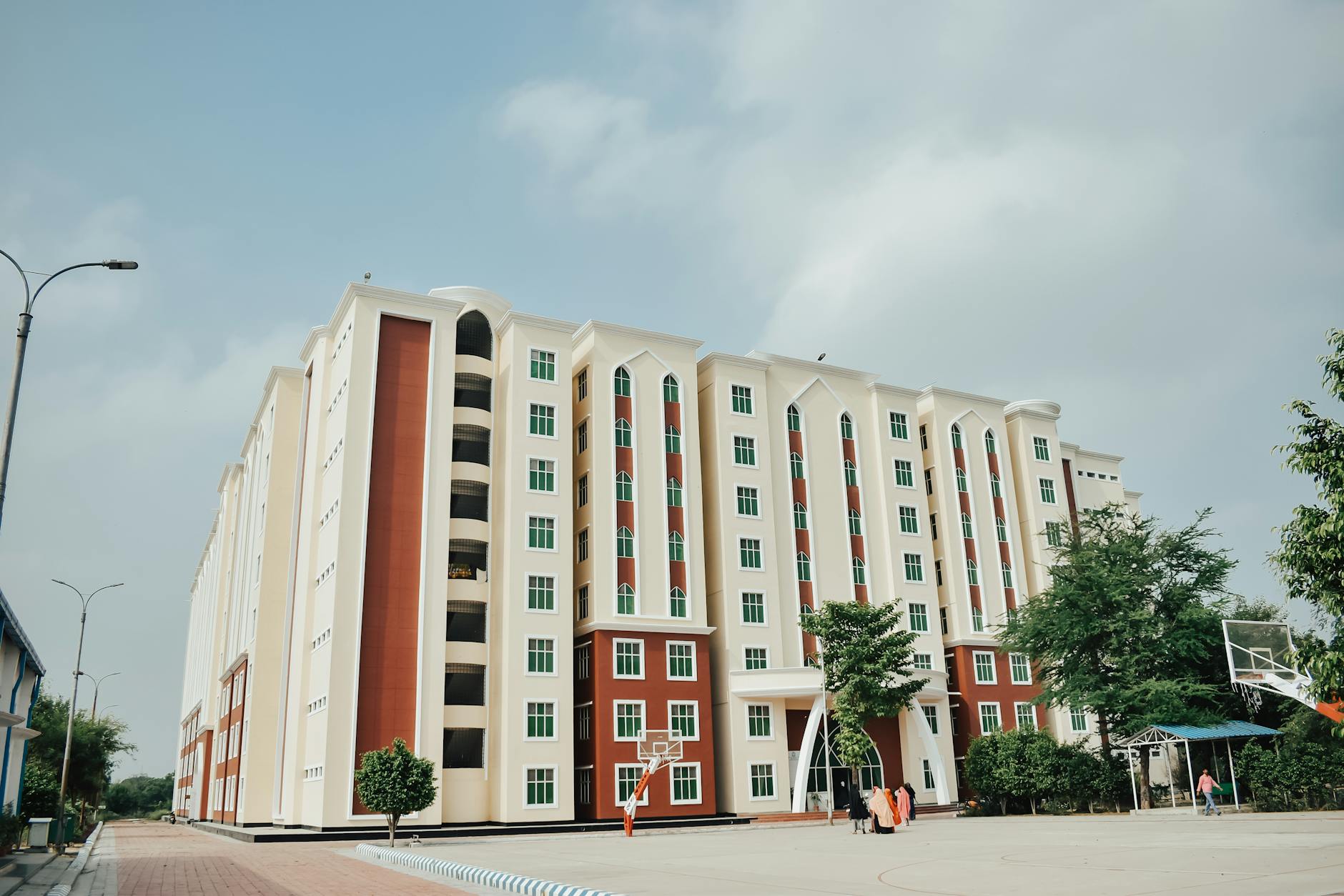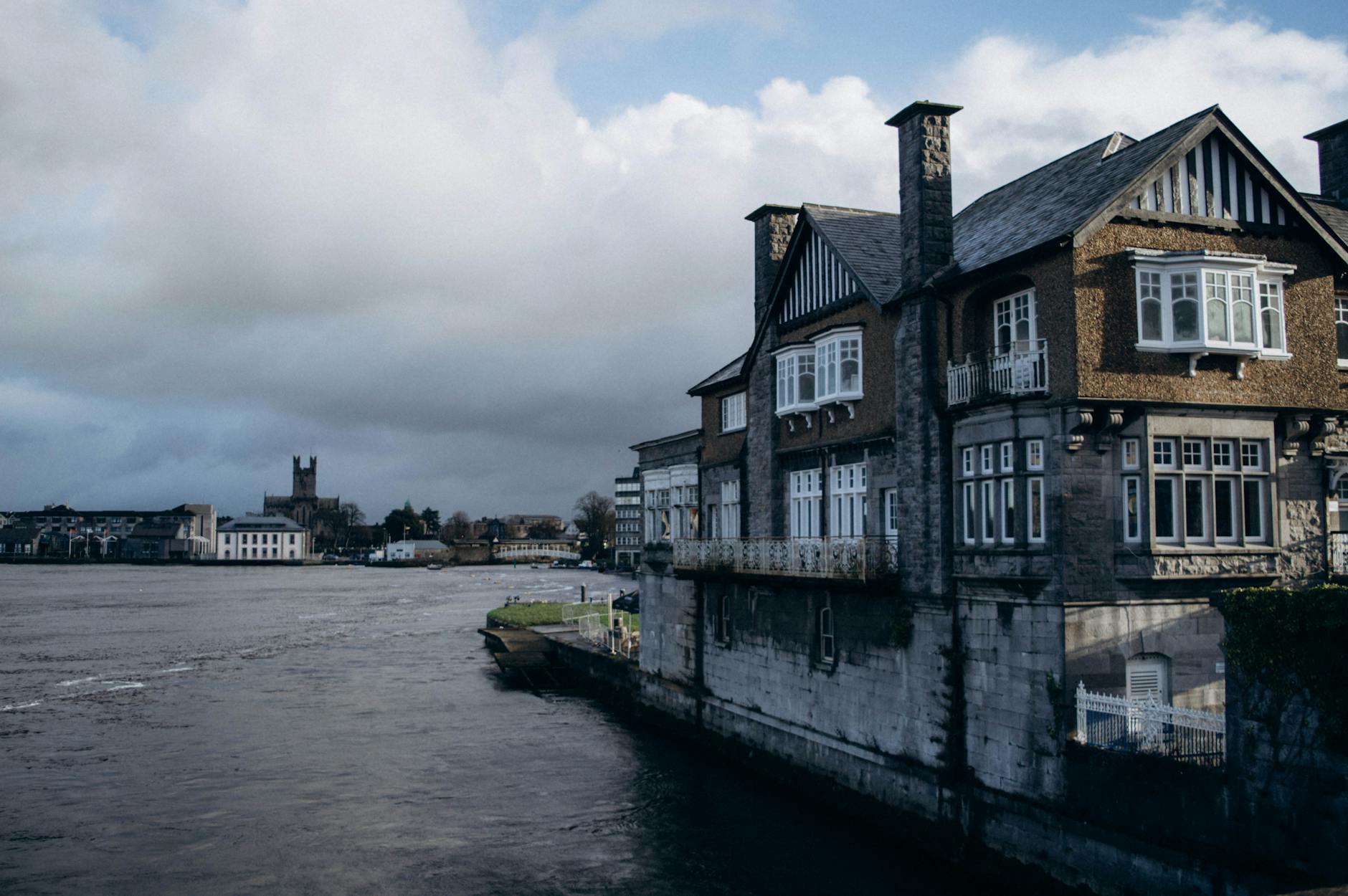Student Housing Crisis in Limerick: A Dire Situation for Irish Students
The struggle for student accommodation in Limerick has reached unprecedented levels, with many students facing extreme measures just to secure a place to sleep. The situation, which has been deteriorating over the years, now sees students sleeping on couches, commuting for hours, and battling overpriced, unsuitable housing options. This crisis isn’t just a logistical nightmare; it’s a serious threat to student well-being and academic performance.
The Unavailability of Suitable Housing
For over a month, students searching on popular real estate platforms like Daft have found virtually nothing available within a reasonable budget. The few options that do appear are often either unsuitable or exorbitantly priced, leaving many students in a precarious position. One student described the market as “almost impossible,” noting that even when properties are listed, the competition is fierce, with dozens vying for a single viewing opportunity.
The Real Cost of the Housing Shortage
The impact of this shortage goes beyond inconvenience. Students are now forced to make compromises that are detrimental to their health and education. One Limerick student recounted the story of a peer who wakes up at 5 AM, travels for two hours, and then waits around for another hour just to attend classes. This grueling routine is then followed by a work shift, squeezing study time and sleep into the remaining few hours of the day. Such schedules are unsustainable and can lead to serious physical and mental health issues.

Landlords Taking Advantage
The scarcity of options has given landlords the upper hand, allowing them to inflate prices and impose less-than-favorable living conditions on desperate students. The situation has been described by some as a cash grab, exploiting students’ need for proximity to their universities. The government and media have been accused of turning a blind eye to this growing problem, leaving students and their families to fend for themselves in an increasingly hostile market.
Comparisons to the Past
Those who attended college just a few years ago are astonished at the rapid decline in affordability and availability. In 2017, a double bed in a shared house could be rented for around €350 a month. Today, prices have skyrocketed, and even at these higher rates, availability is scarce. This drastic change highlights the escalating nature of the housing crisis in Limerick and other Irish cities, which seems to worsen with each passing year.
The Government’s Role
The call for governmental intervention has grown louder as the crisis deepens. Students and advocacy groups are urging for policy changes that would increase the supply of affordable student housing and regulate the rental market to prevent exploitation. Without significant action, the future looks grim for incoming and current students who may find themselves priced out of education due to the lack of affordable accommodation.

The Human Cost
Beyond the numbers and policies are real people whose education and future prospects are being compromised. The mental toll of managing academic pressures alongside housing insecurities can lead to increased dropout rates and a decrease in overall student well-being. The human cost of this crisis could have long-lasting effects on the community and the country’s future workforce.
Looking Ahead
As the new academic year approaches, the situation remains a hot topic among students, parents, and educational institutions. The crisis requires immediate attention and a concerted effort from all stakeholders to find sustainable solutions. The current trajectory is unsustainable and could undermine the integrity of higher education in Ireland.
In conclusion, the student accommodation crisis in Limerick is more than just a seasonal challenge; it’s a serious socio-economic issue that affects the very fabric of student life and learning. With the collective efforts of the community, policymakers, and institutions, there is hope that this dire situation can be alleviated. But the question remains: how long will students have to endure these conditions before meaningful change is implemented?
Share this content:





